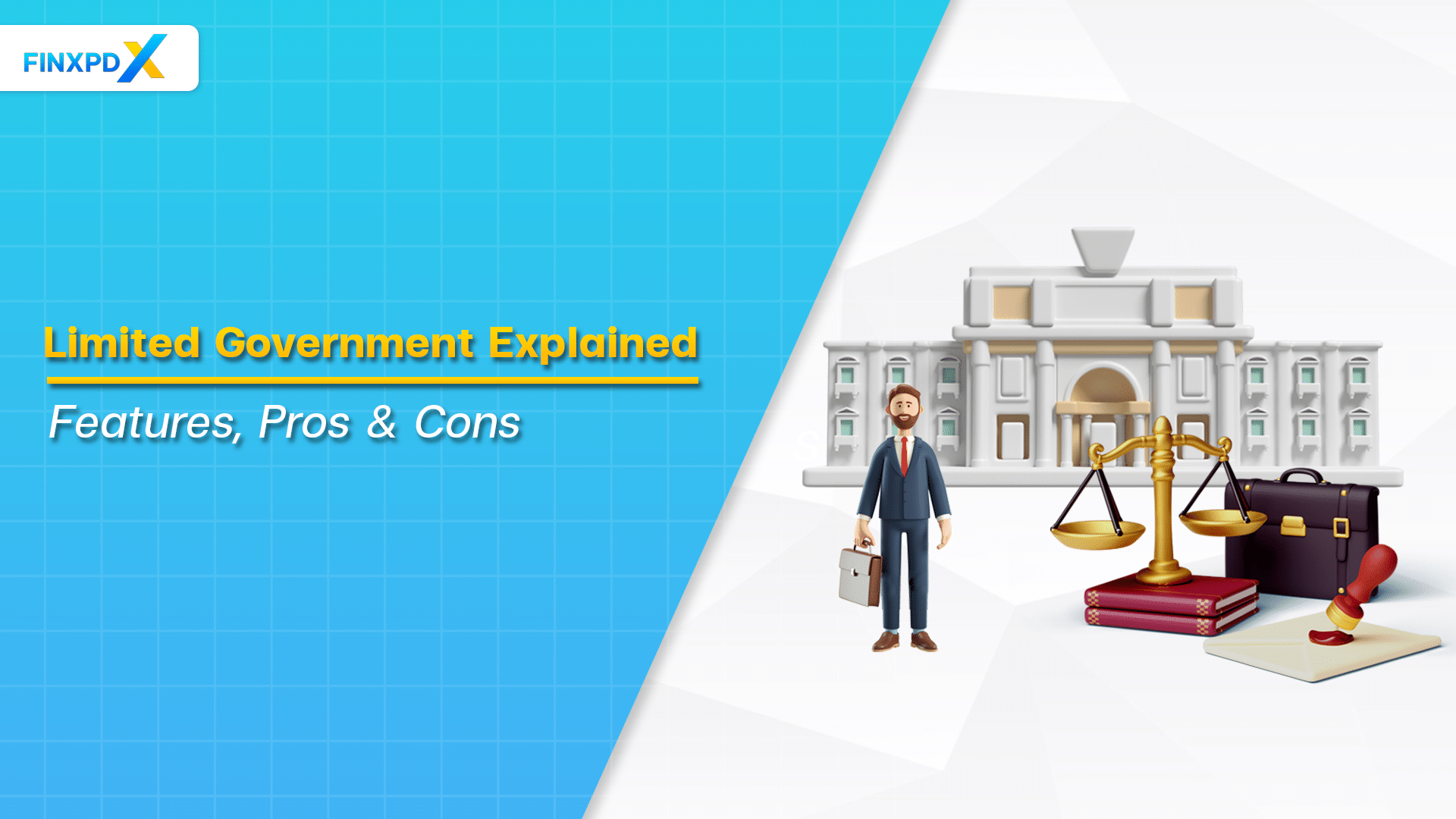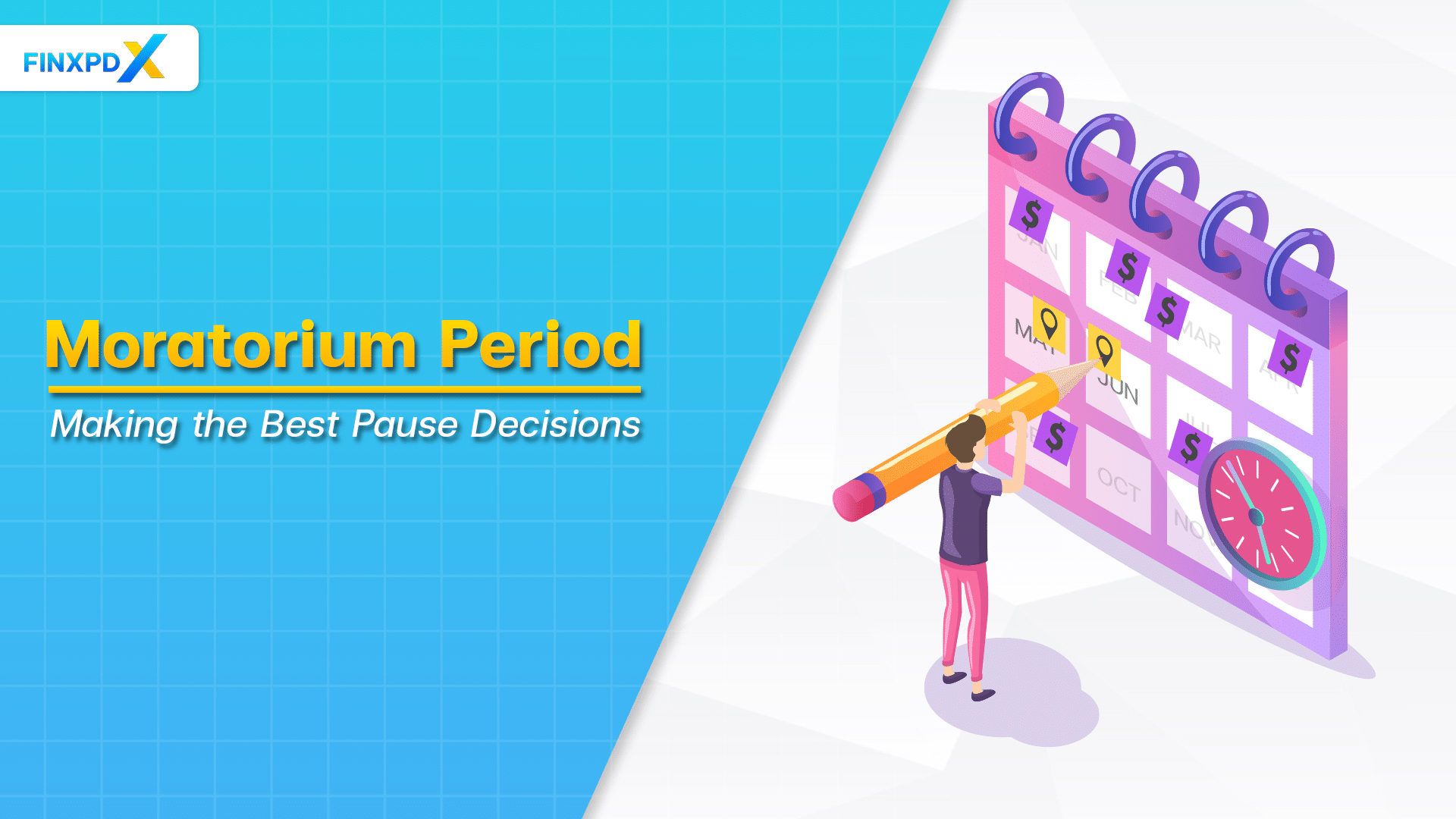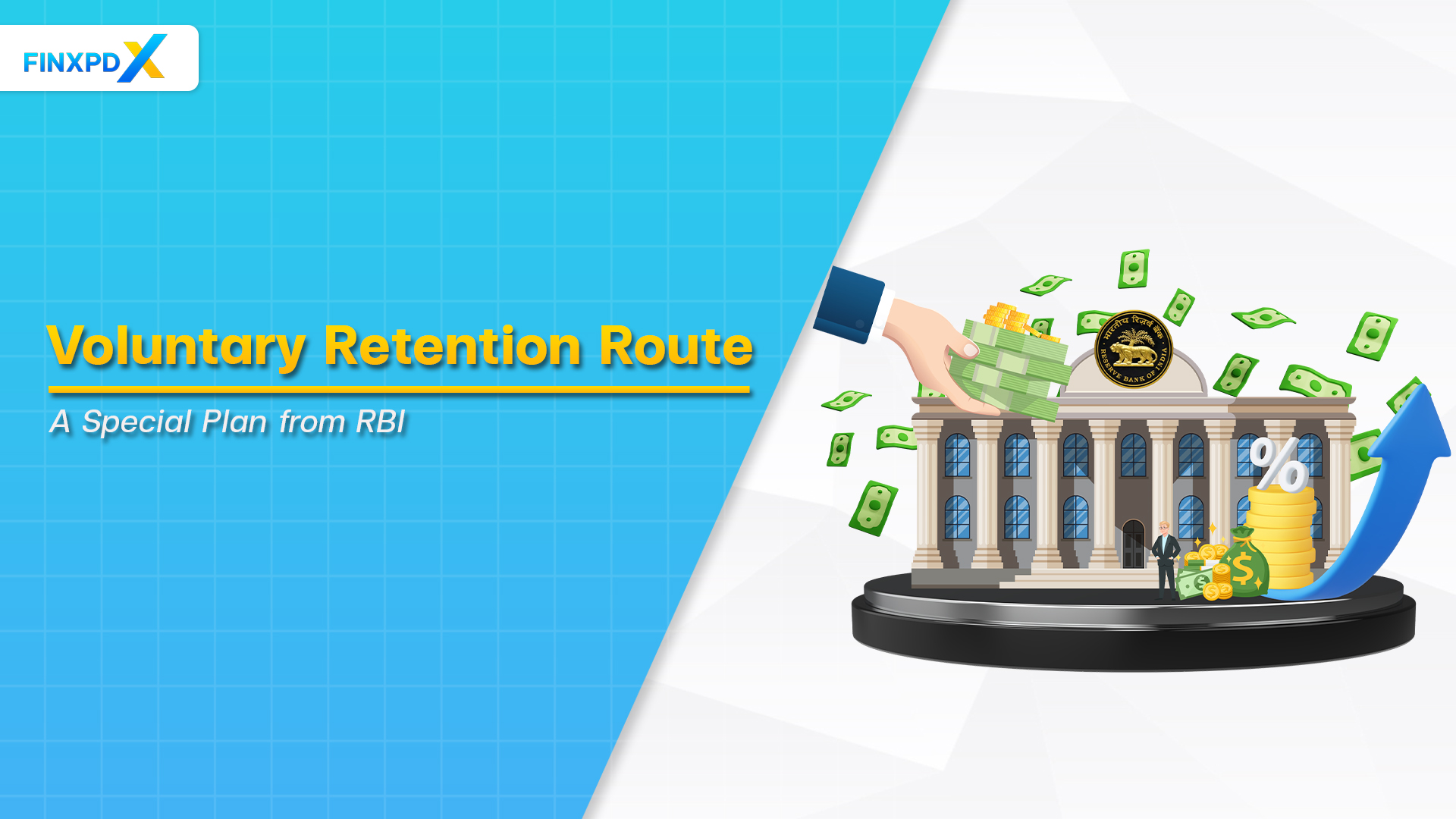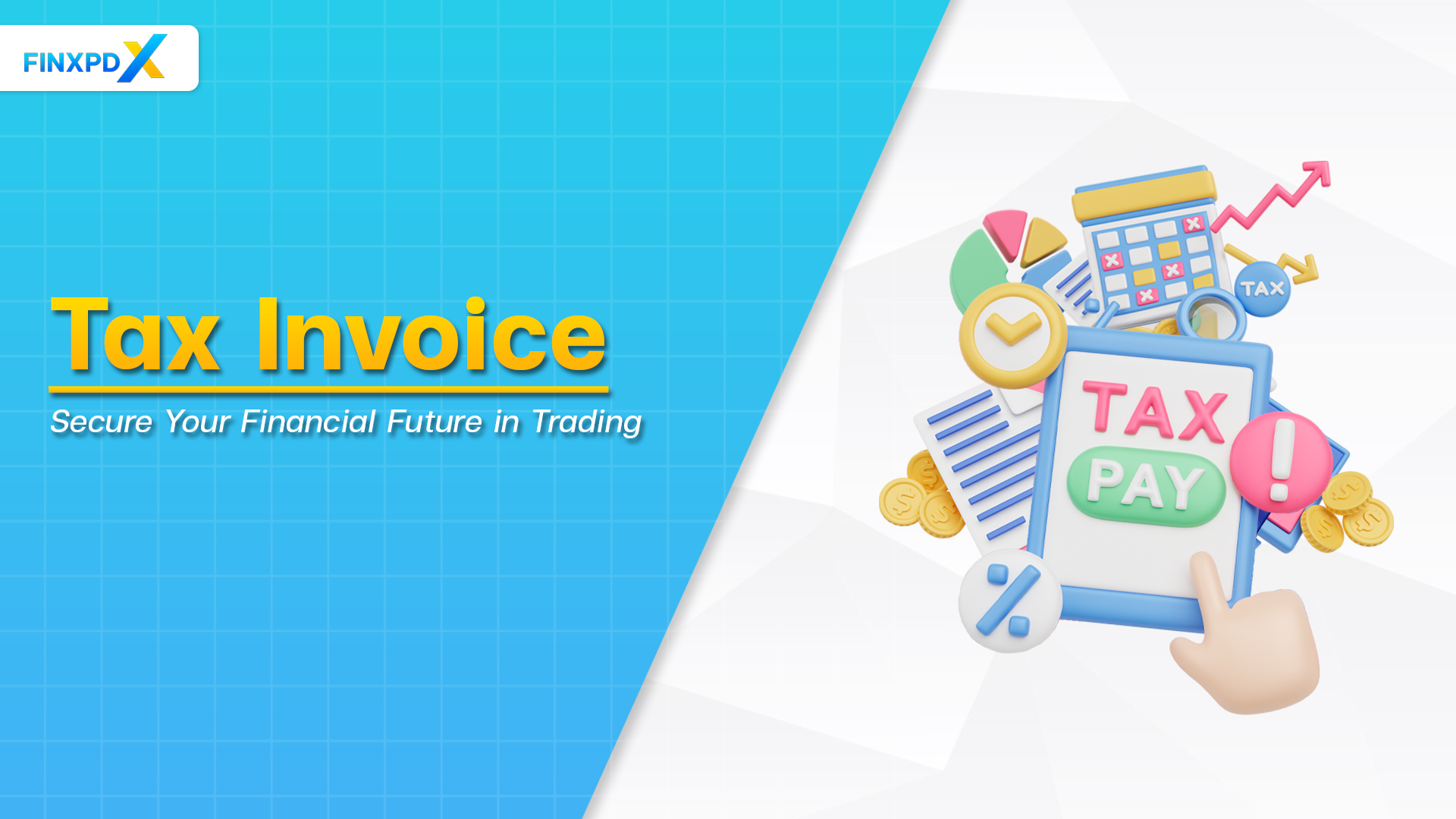In contemporary society, understanding different types of government systems is crucial. One concept that has garnered significant attention is limited government. This article will offer an in-depth analysis, specifically focusing on the limited government definition, its features, and operational mechanisms. We aim to answer the question of what is limited government, and to discuss its place among various systems.
What Is Limited Government?
Limited government is a governing model where governmental power is restricted by laws and a constitution, aiming to safeguard individual liberties and prevent undue influence over citizens. In such systems, activities are often curtailed to maintain a balance of power, through legal restrictions, checks and balances, and separation of powers. This model is best understood in contrast to systems with less constrained powers, like totalitarian regimes.
Key Takeaways
- Limited government is a system where governmental powers are restricted by law to protect individual liberties, operating by distributing authority across different branches and imposing legal constraints on state actions.
- The key features of limited government include separation of powers, checks and balances, and constitutionalism.
- The advantages of limited government encompass promoting individual freedoms, encouraging economic growth, and enhancing accountability.
Features of Limited Government
When discussing limited government, it’s crucial to understand its distinct features. These features set it apart from other types of government systems and operate under specific limitations.
1. Constitutional Restrictions
Constitutional restrictions refer to a written constitution that outlines the scope and limitations of the government’s powers.
2. Checks and Balances
Checks and balances involve different branches of government having separate powers and responsibilities. This ensures that no single entity becomes too powerful.
3. Rule of Law
The rule of law ensures that laws apply universally, covering all citizens and government officials.
4. Transparency and Accountability
Transparency and accountability entail mechanisms in place to scrutinize government actions and hold officials accountable.
5. Protection of Individual Liberties
The protection of individual liberties embodies one of their key elements. It focuses on the commitment to individual rights and freedoms.
6. Economic Freedoms
Economic freedoms involve limited government intervention in markets. This fosters entrepreneurial initiatives and market competition.
How Does Limited Government Operate?
Operating within constitutional boundaries, this system employs checks and balances to ensure stability, transparency, and accountability in governance.
1. Separation of Powers
Separation of powers involves breaking down governmental roles into distinct branches, typically the executive, legislative, and judicial. This division prevents a concentration of power and allows each branch to oversee the others.
2. Democratic Processes
Democratic processes are essential in how limited government works, enabling citizens to vote for their representatives and officials.
3. Limited Regulation
Limited regulation means that the government doesn’t heavily interfere in the economy. This is an essential component of what is limited government.
4. Judicial Oversight
Judicial oversight allows courts to review, interpret, and set precedents on laws, thereby maintaining a lawful balance within the system.
5. Federalism
Federalism allows for a division of powers between a central government and smaller political units like states or provinces, offering another check on power.
The Pros and Cons of Limited Government
In this section, we’ll explore both the pros and cons of having a limited government, helping you understand the trade-offs and benefits of this system.
Pros
1. Promotes Individual Freedoms
Promotes individual freedoms by granting people greater autonomy and liberty. This is often manifested through reduced state control over aspects like speech, religion, and business, allowing individuals to express themselves and pursue opportunities freely.
2. Encourages Economic Growth
Encourages economic growth by setting up a regulatory environment that favors business expansion. Fewer restrictions and bureaucratic hurdles facilitate entrepreneurship, thereby fostering economic development.
3. Enhances Accountability
Enhances accountability through an effective system of checks and balances. This framework allows for the close monitoring of governmental actions, thus reducing the chances of corruption and power misuse.
4. Ensures Power Distribution
Ensures power distribution by spreading authority across multiple branches of government. This helps in preventing the accumulation of power in a single entity, safeguarding democratic principles.
Cons
1. Leads to Inequality
Leads to inequality as the focus on individual freedom can result in less attention to wealth redistribution or social welfare programs, creating wider economic disparities between social classes.
2. Reduced Risks Public Services
Reduced risks in public services due to fewer government interventions, potentially causing a decline in essential services like healthcare and education, which could harm societal well-being.
3. Possibly Lacks Regulation
Possibly lacks regulation because of limited governmental oversight, potentially leading to market failures, consumer exploitation, and environmental harm.
4. Fosters Social Divides
Fosters social divides as there is a lesser emphasis on addressing societal issues, which could perpetuate or worsen existing social or cultural divides.
Examples of Limited Government
In this section, we will guide you through some key examples that illustrate the principles of a limited government in action.
United States
The United States is often cited as a quintessential example. The country’s constitution specifically outlines the powers and limitations of each branch, ensuring a balance that prevents any one entity from gaining undue influence.
Switzerland
Switzerland operates under a system of direct democracy combined with federalism. It involves both the separation of powers and citizen participation in governance.
Singapore
Singapore, though not a democracy, has a government that exercises limited intervention in the economy. This creates a business-friendly environment, which has been instrumental in the country’s rapid economic growth.
Conclusion
Understanding the intricate balance of freedoms and limitations that limited government brings forth is critical for making informed judgments about governance and policy. While limited government can promote individual liberties and economic growth, it also comes with its own set of challenges, such as the potential for inequality and reduced public services.
At its core, limited government serves as one of the many systems of government that strive to balance power, safeguard freedoms, and ensure a functioning society. Whether it’s the best way to lead a country is still up for discussion, but the advantages and disadvantages are undeniably influential in shaping the world we live in.
FAQs
It is a political system where governmental power is restricted by law, usually through a written constitution, to protect individual liberties.
The key features of limited government include constitutional restrictions, checks and balances, the rule of law, transparency and accountability, protection of individual liberties, and economic freedoms.
It operates by distributing power across different branches or layers of government and putting legal limitations on state actions, thereby ensuring a balance that protects individual rights and freedoms.
Its advantages of include the promotion of individual freedoms, encouragement of economic growth, enhancement of accountability, and the distribution of power to prevent authority concentration.
Examples of countries with limited government systems include the United States, Switzerland, Singapore, New Zealand, and Hong Kong (before recent political changes).
Related Articles:
Read more: Regulations








